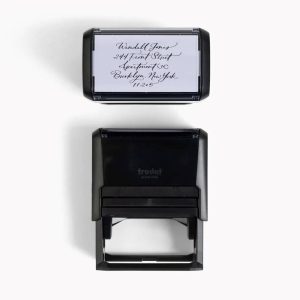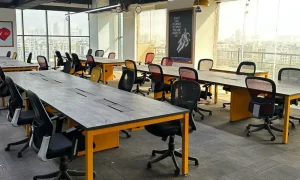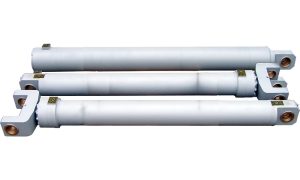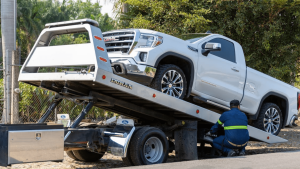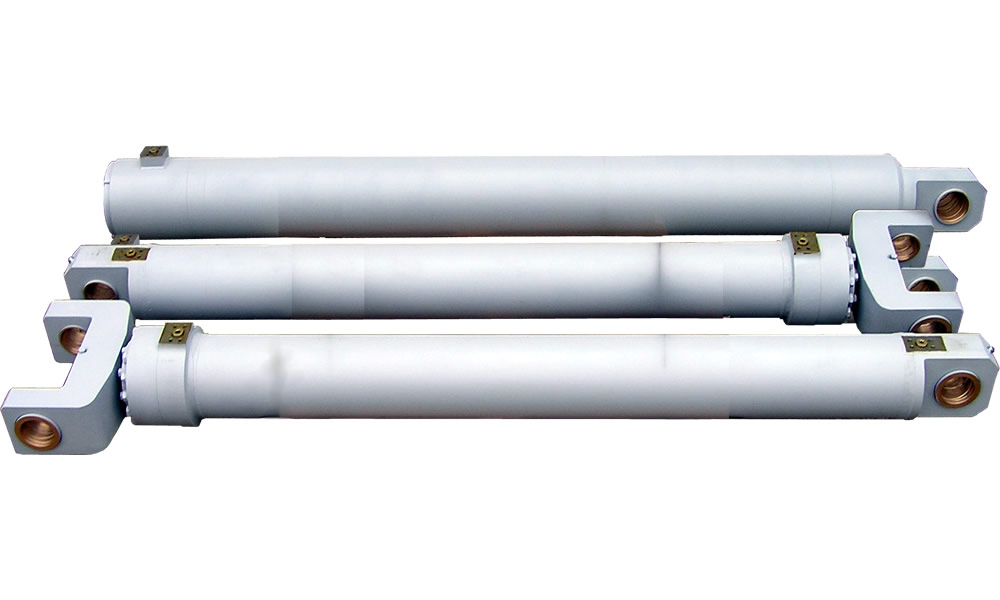
Extreme operating conditions place linear actuators under stress that goes beyond normal design limits. These stresses cause early failure of parts and affect the proper working of machines. These factors increase wear and lead to sudden breakdowns. Understanding how these failures occur helps reduce downtime and maintenance loss. Hydraulic cylinders used in mining, marine, arctic, desert and hot industrial areas face serious challenges. Seal damage, dirty fluid, heat expansion, pressure shocks and corrosion often act together. This combination speeds up damage and creates a high risk of complete mechanical failure.
Seal degradation problems
Elastomeric seals keep pressure between the cylinder chambers. These seals get damaged when they face heat or cold, or when exposed to chemicals and dirt. High heat makes the seal hard and less flexible. It loses its tight fit on the surface and starts to leak. When the seal becomes hard, the fluid moves through small gaps. This reduces the power of the system and leads to total failure. At low temperatures, the seal turns stiff and breaks easily. It cannot stay in full contact with the cylinder wall. Leakage starts soon after. When the seal material does not match the hydraulic fluid, it swells or becomes soft. Sometimes it starts to dissolve slowly. Petroleum fluids harm some synthetic rubbers. Water glycol-type fluids damage other kinds of seal material. Dirty fluid with small hard particles works like a grinding paste. It wears the seal surface and forms deep marks that let fluid pass.
Contamination causes damage
Particulate contamination enters hydraulic systems through damaged rod seals or breather caps. It can also enter during maintenance work when components are opened. These particles act like a grinding paste between finely machined surfaces.
- Dirt ingress through worn rod wipers introduces abrasive particles
- Hydraulic fluid breakdown generates metal particles from component wear
- Water contamination causes rust and corrosion pitting on internal surfaces
- Chemical contaminants attack seals and degrade fluid properties
- Biological growth in water-contaminated systems clogs passages
External contamination from muddy jobsites, dusty mines, or corrosive chemical plants overwhelms protective systems designed for cleaner environments. Rod seals face impossible tasks, keeping contamination out when constantly immersed in abrasive slurries or caustic chemicals.
Temperature extremes impact
Desert and high-temperature industrial areas cause fluid to become thin. The result is a reduction in its ability to lubricate, which allows for more leakage past seals. As a result of being overheated, oil breaks down fast and forms sludge. Besides blocking small passages, the sludge leaves hard deposits on parts. When the temperature changes, the fluid becomes thick or thin. This change affects system movement and reduces power output. Sudden jerks or slow responses often appear under such conditions. Heat also builds stress at joints and weak points. Seals lose strength from heat and chemical exposure. Dirt and dust cause wear on surfaces. Extreme temperatures strain metal parts, and pressure spikes may exceed safe levels. Corrosion then damages the surface and weakens the system. These failures often link together and create more damage. One small fault can lead to larger breakdowns. Knowing these weak points helps in choosing the right cylinder type. Proper protection and care extend the service life and keep equipment working safely.

